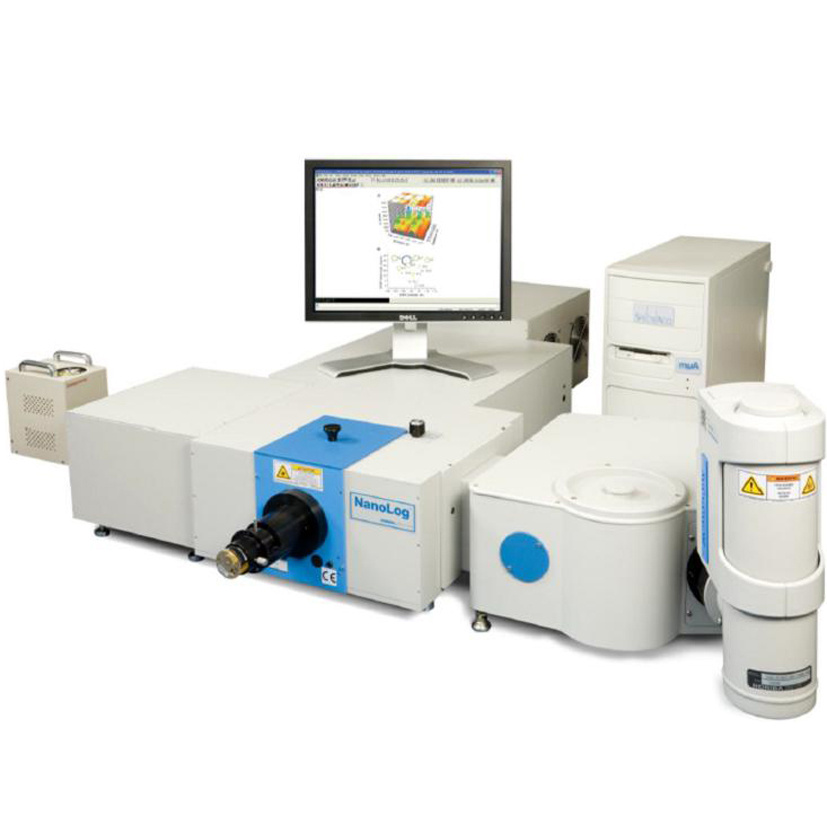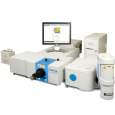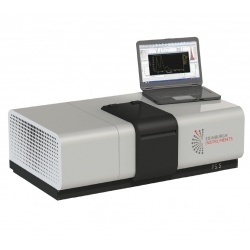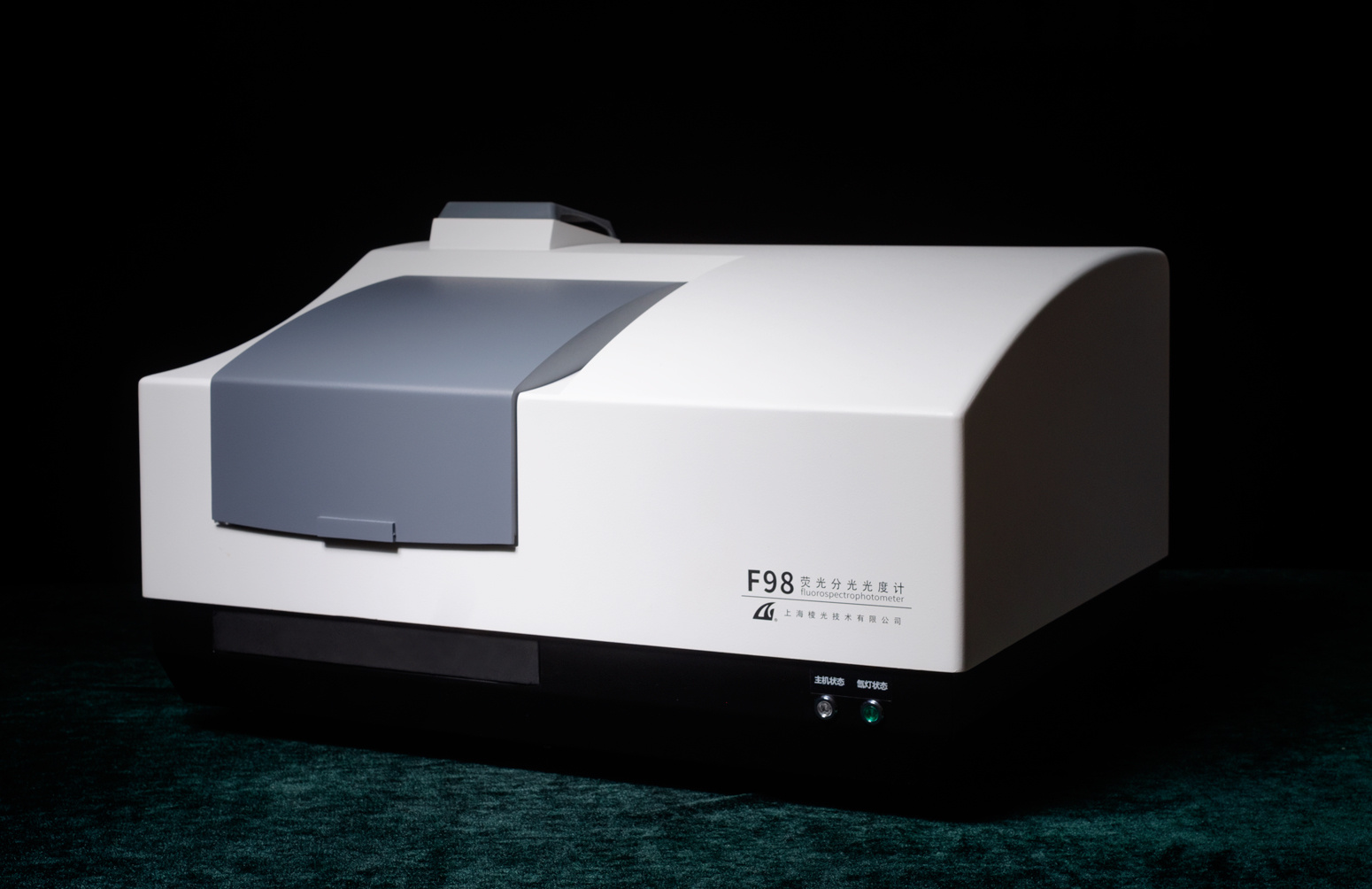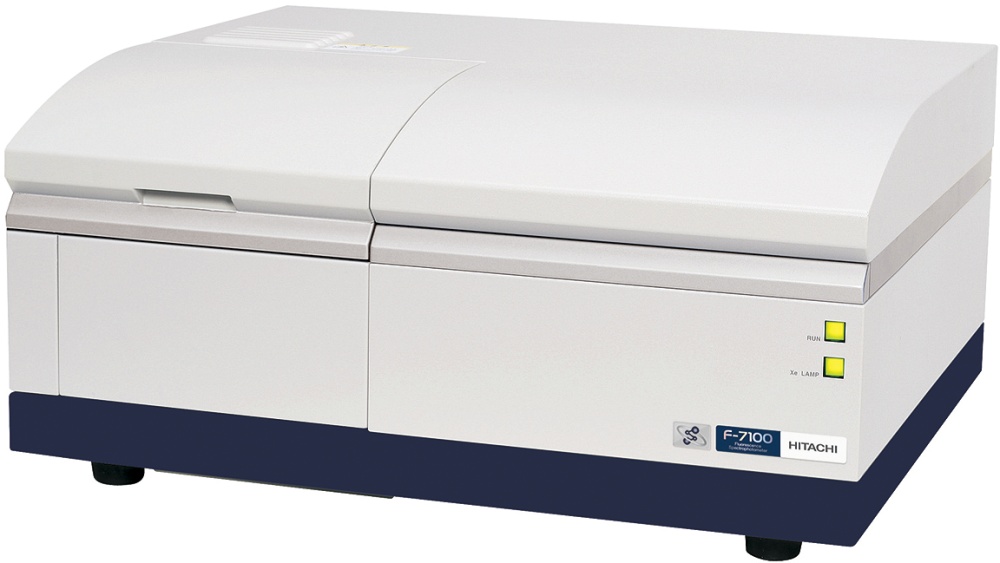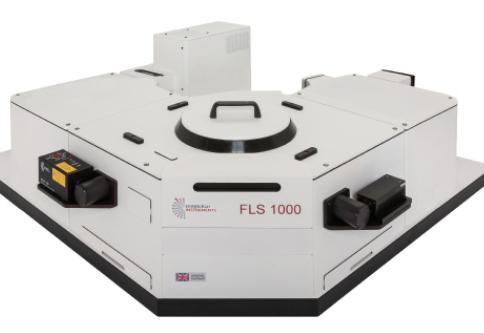方案详情
文
The NanoLog® is an indispensable tool for studying fluorescence lifetimes of samples whose luminescence is primarily in the near-IR, such as quantum dots. Other uses for the NanoLog® include solid-state research, biosensing, and cancer studies. The NanoLog® also available with TCSPC multichannel-scaling options of 500 ns/channel and 2 ns/channel, as well as a broadband 5509 photomultiplier tube, sensitive from 300–1700 nm, with a timetransit spread of 1.5 ns.
方案详情

Near-IR Photoluminescence of Quantum Dots Introduction HORIBA Jobin Yvon’s NanoLogspectrofluorometer, specially optimizedfor recording near-IR fluorescence fromnanoparticles, includes a double-gratingexcitation monochromator. imagingemission spectrograph with a select-able-grating turret, and a variety of de-tectors. It has optimal excitation optics'for single-wall carbon nanotube (SWNT)research or any solid sample in right-angle or front-face mirror configurations. Quantum-dot photoluminescenceis becoming an important tool in materi-als science, biology, medicine, and en-ergy. The NanoLog@can be customizedto provide steady-state and lifetime in-formation about quantum dots. Photoluminesce lifetimes The NanoLog@ can be fitted witha time-correlated single-photon counting(TCSPC) multichannel-scaling (MCS)accessory (Fig. 1). A variety of quan-tum-dot samples, supplied by EvidentTechnologies,were examined with thisscheme. In Fig. 2, the sample was adispersion of quantum dots (PbS + poly-carbonate) in CHCl3. A pulsed laser-diode (50 kHz, 入= 980 nm, pulse-width~450 ps) excited the sample. Emissionwas recorded at 1465 nm with a band-pass of 64nm usingi MCS onaHamamatsu10330-75 near-IR. pho-tomultiplier tube.(With our TCSPC and Xe lamp and reference diode operate from250-1000nm; excitation monochromator'sgratings blazed at 500 nm for excitation at333-1000nm. ‘Evident Technologies, 216 River Street, Suite200, Troy, NY 12180.3Sensitivity =950-1700 nm, time-transit spread=300 ps. MCS cards, the 10330-75 can resolvelifetimes from 60 ps to DC.) Time perchannel was;100) ns.Measurementswere continued until the peak channelreached 100 000 counts. Reconvolutionwas unnecessary when fitting the decay, Fig. 1. TCSPC/MCS accessory attached to theSample compartment of a NanoLog. Residuals 9o -5- Fig. 2. Fluorescence decay (upper plot) of PbS-polycarbonate quantum dots in CHCl3 (EvidentTechnologies),and residuals to the fit (lowerplot). Low residuals plus excellent xandDurbin-Watson statistics show that the data fitwell to the model. for the laser pulse occupied only onechannel. Using a bi-exponential model, thex?= 1.001 and a Durbin-Watson statistic= 1.957 were found, indicating an excel-lent fit to the data in Fig. 2. The two re-covered lifetimes for the quantum dotswere T1=242 ns and T2=928 ns. A second sample of quantumdots (PbS and polymethylmethacrylate,PMMA) dispersed in toluene was exam-ined in the NanoLog. Experimental pa-rameters were similar to the previoussample, except that emission was re-corded at 1115 nm. Results are pro-vided in Fig. 3. Fig. 33. Fluorescence decay of PbS-PMMAquantum dots in toluene, supplied by EvidentTechnologies. The upper plot shows the decay;the lower plot is the residuals to the fit. As withFig.2, small residuals plus excellent x’ andDurbin-Watson statistics indicate that the data fitwell to the model. From the same bi-exponentialmodel, x?= 1.031 and a Durbin-Watsonstatistic = 2.027 were found, also indi-cating an excellent fit to the data in Fig. 3. The two recovered lifetimes for thesequantum dots were t1 = 625 ns and T2=1.12 us. A table of results for a variety ofPbS quantum-dot dispersions is givenbelow: Dispersant T1 T2 (uS) (us) Aabs = 1040 nm; Aexc =980 nm Polystyrene 1.82 0.69 0.91 PMMA 2.52 1.37 0.97 Polycarbonate 2.22 0.79 1.10 Flexographic ink 0.57 0.17 1.10 Aabs =1400 nm Polystyrene (exc = 980 1.00 0.61 1.14 nm) Polystyrene (Aexc = 635 0.93 0.57 1.19 nm) PMMA (Aexc =980 nm) 1.12 0.62 1.03 PMMA (Aexc=635nm) 1.11 0.62 1.20 Polycarbonate (AexXcC = 0.93 0.24 1.00 980 nm) Polycarbonate (Aexc = 0.96 0.40 1.13 635 nm) Flexographic ink (exc = (0.30 0.14 0.95 980 nm) Conclusions The NanoLog@ is an indispensa-ble tool for studying fluorescence life-times of samples whose luminescenceis primarily in the near-IR, such as quan-tum dots. Other uses for the NanoLoginclude solid-state research, biosensing,and cancer studies. The NanoLog@ isalso available with TCSPC multichan-nel-scaling options of 500 ns/channeland 2 ns/channel, as well as a broad-band 5509 photomultiplier tube, sensi-tive from 300-1700 nm, with a time-transit spread of 1.5 ns. Copyright C HORIBA Jobin Yvon; version. .HORIBAExplore the future HORIBAJOBIN YVONChina: +() ORIBAExplore the future The NanoLog® is an indispensable tool for studying fluorescence lifetimes of samples whose luminescence is primarily in the near-IR, such as quantum dots. Other uses for the NanoLog® include solid-state research, biosensing, and cancer studies. The NanoLog® also available with TCSPC multichannel-scaling options of 500 ns/channel and 2 ns/channel, as well as a broadband 5509 photomultiplier tube, sensitive from 300–1700 nm, with a timetransit spread of 1.5 ns.
确定
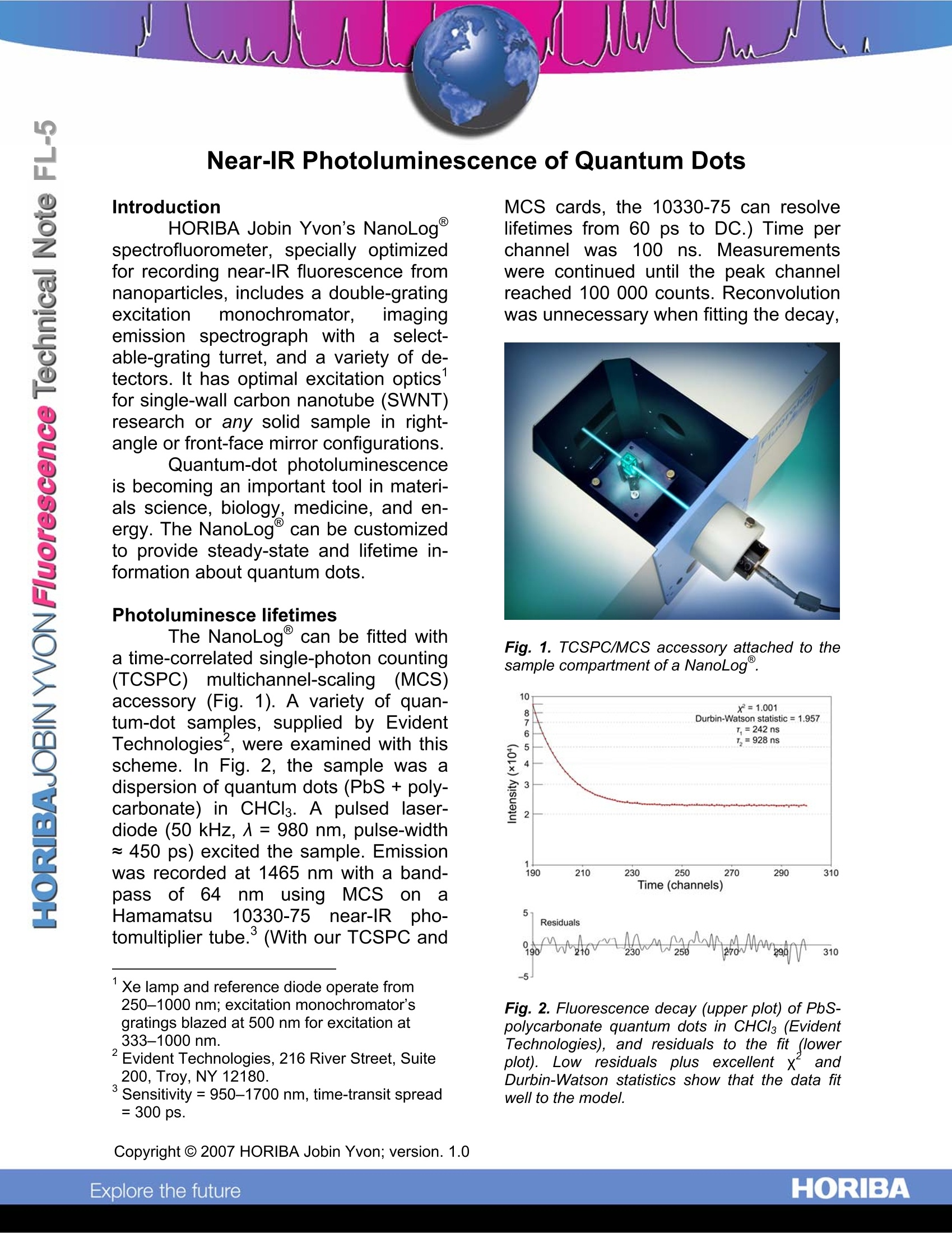

还剩1页未读,是否继续阅读?
HORIBA(中国)为您提供《量子点 中荧光寿命检测方案(分子荧光光谱)》,该方案主要用于其他中荧光寿命检测,参考标准--,《量子点 中荧光寿命检测方案(分子荧光光谱)》用到的仪器有HORIBA NanoLog®近红外荧光光谱仪
推荐专场
相关方案
更多
该厂商其他方案
更多

